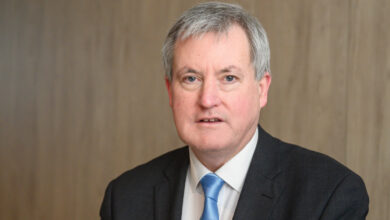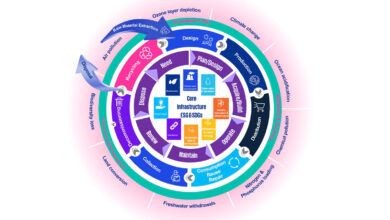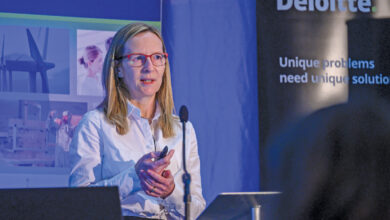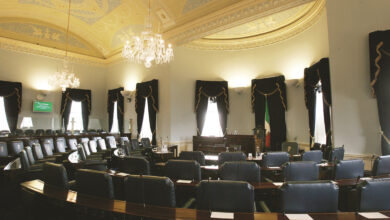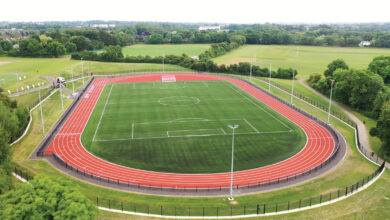Post-Covid tourism
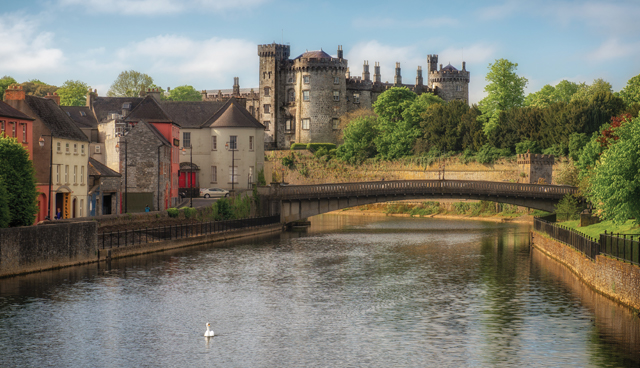
Tourism has long been a cornerstone of the Irish economy, but the economic slowdown necessitated by the Covid-19 pandemic has threatened an industry that relies on the free movement of people. As domestic travel restrictions begin to be lifted, the tourism strategies of local authorities will take on renewed importance.
The travel restrictions introduced in response to the Covid-19 pandemic mean that it is unlikely that there will be international tourists visiting Ireland en masse in the foreseeable future. However, the gradual lifting of travel restrictions might facilitate a surge in domestic holidaying and an opportunity for the local councils to utilise their tourism strategies to aid the recovery of local economies, many of which rely heavily on tourism.
With limits on capacity at events also likely to be curtailed in one way or another for the foreseeable future, it is likely that the councils with more evolved, less event-dependant strategies will prosper the most as Ireland emerges slowly from lockdown. Kilkenny serves as a prominent example of a local government area where correct planning could enable tourism to restart the local economy and play a role in recovering a portion of the jobs lost to the shutdown.
Kilkenny
A popular destination for its nightlife and festivals such as The Cat Laughs and Kilkenomics, Kilkenny underwent significant transformation in the 2010s that allowed it to broaden and enhance its offering for tourists and make the city and county less dependent on its successful summer calendar of festivals and events.
The most notable of these changes has been the construction of the Medieval Mile in the town centre, from Kilkenny Castle to St Canice’s Cathedral, emphasising the city’s history as a Norman merchant town with several of its historic buildings still intact. Kilkenny County Council’s Tourism Statement of Strategy and Work Programme 2017-2022 refers to Kilkenny as a “heritage destination” that has “a large number of visitor attractions associated with heritage, both built and natural”.
In the strategy, it is noted that tourism was worth €76 million in revenue to the Kilkenny economy in 2015, with the general uptick in economic growth and the naming of the Kilkenny Parklands (locally known as the Castle Park) as the most visited free attraction in Ireland in 2018, it is fair to assume that this figure is now higher.
Kilkenny also transformed itself into something of a culinary destination in the last decade, with the council’s tourism strategy indicating that the 350 food and accommodation businesses across the county account for 16.7 per cent of all employment by businesses in the county. The abundance of natural trails, particularly along the River Nore, has served the county well in terms of leisure activities, which could be particularly amenable to the post-Covid-19 ’new normal’.
In the council’s strategy, an emphasis is placed on enhancing the visitor experience, with seven actions outlined specifically for this goal. The most suitable to the near future now seem to be two measures which call for Kilkenny to “improve the visitor experience and business capability of outdoor activity providers active in tourism” and for the county to “continue the development of the Medieval Mile and develop an action plan that links complementary visitor attractions across the county”. As people ease their way back into tourism as restrictions are relaxed but still in place, such offerings in abundant space may allow for a socially distanced type of tourism that could begin the recovery of local tourism.
Limerick
Limerick is another example of an Irish city that underwent significant transformation as a tourism destination in the 2010s, buoyed by its status as both the European City of Sport in 2011 and the National City of Culture in 2014. The Limerick Tourism Development Strategy Action Plan 2019-2023 estimates overseas and domestic tourism to have generated over €307 million in revenue for the county in 2017. The strategy, which predicted revenue generation of €360.6 million and the creation of an extra 1,500 jobs by 2023 (figures which will certainly have to be revised), outlines four key themes, which echo those seen in Kilkenny: Into the Blue, development of Shannon blueways; Energy Unleased, development of outdoor activities; Vibrant History, promotion of local heritage, e.g. King John’s Castle and Desmond Banqueting Hall; and Alive and Kicking, promotion of the local art scene.
Actions designated within the Limerick plan such as the development of a Blueways Masterplan and the completion of the Great Southern Greenway, Limerick could act as the blueprint for how a council adjusts to the post-Covid-19 reality and refocuses on the avenues within its control in order to have people visiting their county and partaking in their local economy.
“The ability of the industry to retain its accommodation capacity and skilled workers will depend on an ambitious and coordinated plan from public and private stakeholders.”
Yannick Cabrol and Simon McAllister
A similar type of focus could be the blueprint for Galway, already one of the most popular tourist destinations in the country, which would have been expecting an even better year than usual given their status as 2020 European City of Culture. However, the pandemic outbreak on the eve of their opening of festivities has left a hole in tourism revenue predictions for the county that could be in some way bridged by an even bigger embrace of the county’s natural amenities such as their coastline and the Wild Atlantic Way.
A recent paper by Yannick Cabrol and Simon McAllister of EY Ireland has said that “a coordinated plan is needed” at the national level for Irish tourism to recover from the economic and psychological shock of the pandemic. Cabrol and McAllister write: “The ability of the industry to retain its accommodation capacity and skilled workers will depend on an ambitious and coordinated plan from public and private stakeholders.” They recommend four measures, two short-term and two long-term, including: “[A] considerable, rapid and sustainable financial support package”; responsive operational support to tourism businesses; a long-term plan to address the challenges and capitalise on the opportunities created by the pandemic; and a “coherent ‘Team Ireland’ approach to keep building” on the work previously done in the sector.
Although nothing official has come from the Irish tourism industry as yet, the sectormay look to a paper sent to the British Cabinet by Visit Britain as an example of what to demand of government for assistance in the recovery. In the paper, Visit Britain suggests that securing the long-term health of the visitor economy requires:
• seed funding for a Tourism Data Hub to build information that will support the recovery, especially for SMEs;
• to use the crisis as an opportunity to drive innovation and improve productivity;
• encouragement for travellers to holiday at home with a major marketing campaign focused on domestic travel;
• international visitor visas to be extended automatically to make it easier for them to take visits postponed due to the pandemic; and
• to use the reset in consumer behaviour forced by lockdown to consider wider questions like sustainability and longer-term consumer behaviour.
These demands are a useful step-by-step guide to secure the future of the industry as countries across the world begin to implement quarantine restrictions at ports and airports. It is essential that Ireland develops a coherent and holistic response so that local authorities might capitalise on the trend of ‘stay-cationing’ which seems likely to dominate holiday plans in Summer 2020.

